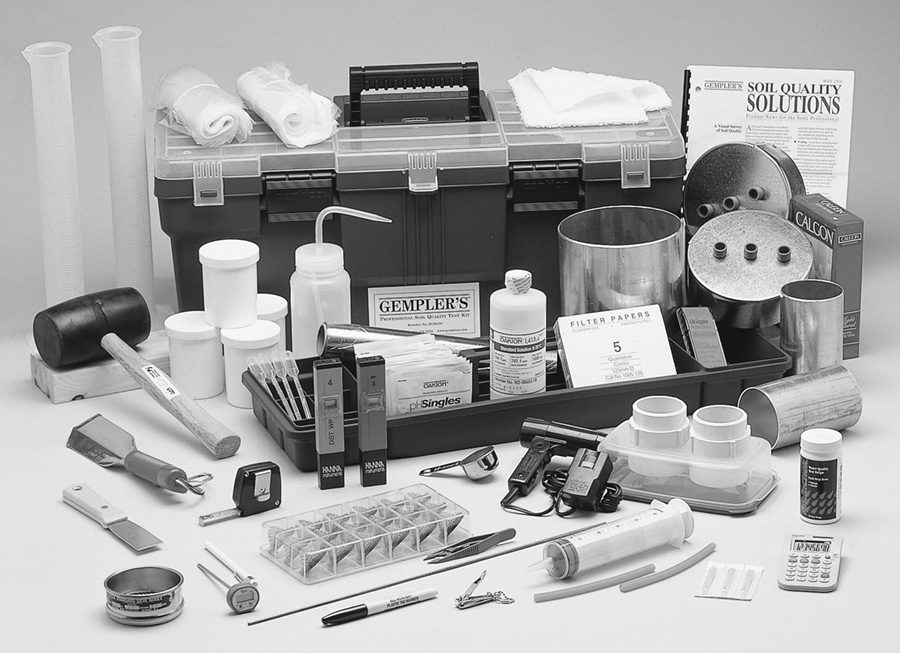No-Till Farmer
Get full access NOW to the most comprehensive, powerful and easy-to-use online resource for no-tillage practices. Just one good idea will pay for your subscription hundreds of times over.

Even if you don’t know all the details, you need good soil health and quality if you want to preserve your land and get good yields.
As an agronomist at the Soil Quality Institute sector of the National Resource Conservation Service (NRCS) in Auburn, Ala., Mike Hubbs makes it his business to know the ins and outs of soil quality, and what’s needed to provide the most healthy soils or no-till conditions.
“There are many perspectives of soil quality,” Hubbs says. “For the farmer, it’s highly productive land. For the consumer, it’s healthful and inexpensive food.
“For other people, it’s the aesthetic view of a natural resource, such as a natural park. For the scientist, it’s understanding soil function and its role in the ecosystem.”
Understanding all this puts into perspective how soil quality affects the lives of nearly every human. That’s why it’s imperative to fully understand how soil functions work together in no-tilled soils.
Hubbs explains that there are three major components of soil: biological, chemical and physical.
“You can’t just take a look at your pH or a soil test and determine if you have good no-till soil quality,” he says. “We want to look at the capacity of the soil to function within a natural or manageable ecosystem to make it better.
“Three aspects of soil quality are biological productivity or crop production, environmental quality which is air, water and soil, and the support of plant, animal and human health.”
The five functions of the soil…